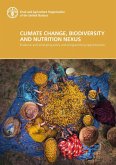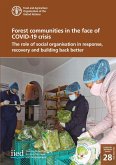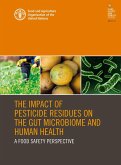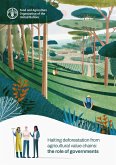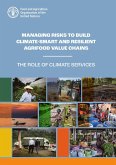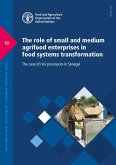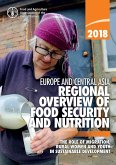Studies also suggest that the "dietary energy imbalance" concept (i.e. an excess of dietary energy consumed, as compared to actual energy expenditure) is far from sufficient to explain, manage and reverse the obesity epidemic and address undernutrition.A growing body of evidence shows that humans have a symbiotic relationship with the community of billions of microorganisms present in their intestines the gut microbiome and that this may have important implications for nutrition and health. This narrative review presents the state of knowledge regarding interconnections between the gut microbiome and human health, focusing in particular on obesity, undernutrition and diet-related NCDs. The paper also explores how changes in lifestyle and diet especially early in life can disturb or positively enhance the gut microbiome, and have potentially major impacts on human health (see Figure 1).It presents and discusses emerging innovations based on microbiome knowledge, and the potential implications of current evidence for actions to prevent various forms of malnutrition and related health outcomes. Major research gaps and needs, recommendations and policy implications are also addressed.
Dieser Download kann aus rechtlichen Gründen nur mit Rechnungsadresse in A, B, CY, CZ, D, DK, EW, E, FIN, F, GR, H, IRL, I, LT, L, LR, M, NL, PL, P, R, S, SLO, SK ausgeliefert werden.



